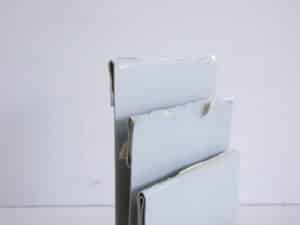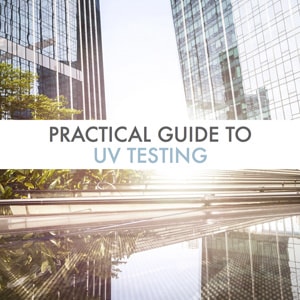ASTM D4145
Standard Test Method for Coating Flexibility of Prepainted Sheet
ASTM D4145 is offered by Micom as part of its coating testing services. ASTM D4145—Standard test method for coating flexibility of prepainted sheet—describes a procedure which allows to assess the flexibility and adhesion of organic coatings on metal sheets after they have been bent progressively. Following each bending, the panels are examined with a low magnification tool as a means to detect slits on the film. As for the adhesion, it is measured by applying and removing a pressure-sensitive tape over the bend. Thus, this current practice relies on the principles stated in the ASTM D3359 standard. Typically, ASTM D4145 is employed after a weathering process such as: UV testing, salt spray testing or accelerated aging testing.
Coating flexibility of prepainted sheets:

The main factors that have to be considered when running this test are: the axis of bending, the temperature of the specimen and the rolling diameter of the metal.
Typical experimental parameters for ASTM D4145:
The number of samples required is one and its size is of 2 by 6 in (50 by 150 mm). The bending process may occur around a die or around the sample itself and precautions have to be made in order to ensure that this operation is executed in a smooth and uniform manner.
Other test methods related to ASTM D4145 please see: ASTM D522
Practical UV Testing Guide
Sunlight exposure can have harmful impacts on carbon-based
materials such as coatings, polymers, textiles, and many others.
Learn more about our in-laboratory UV testing process in this guide.


